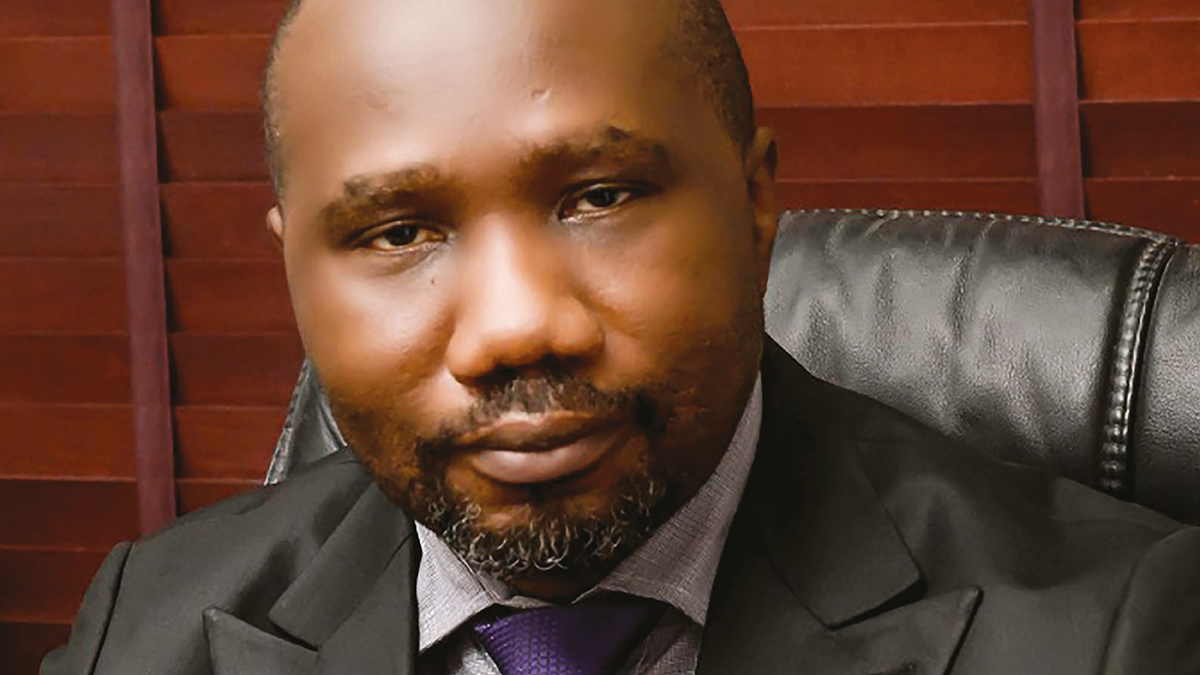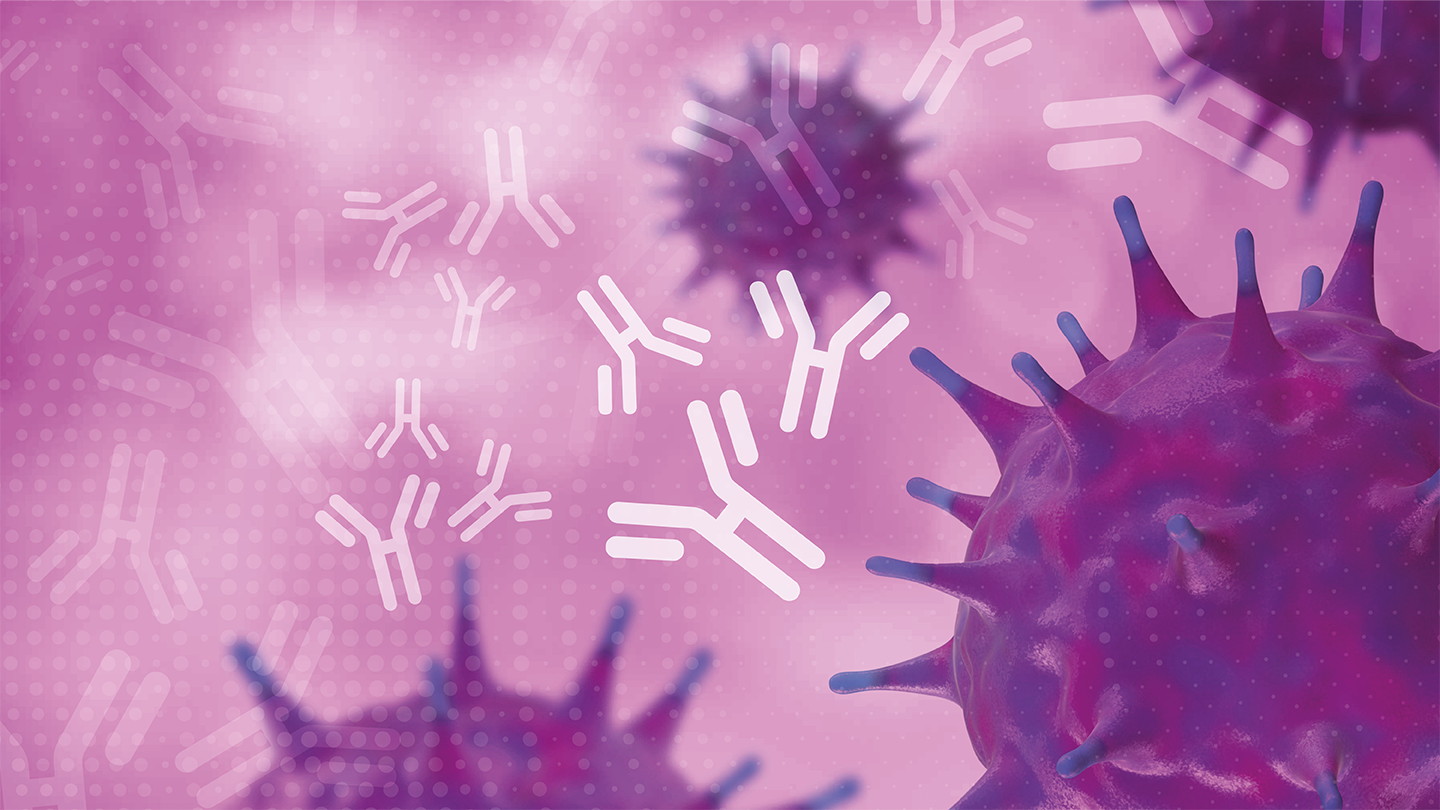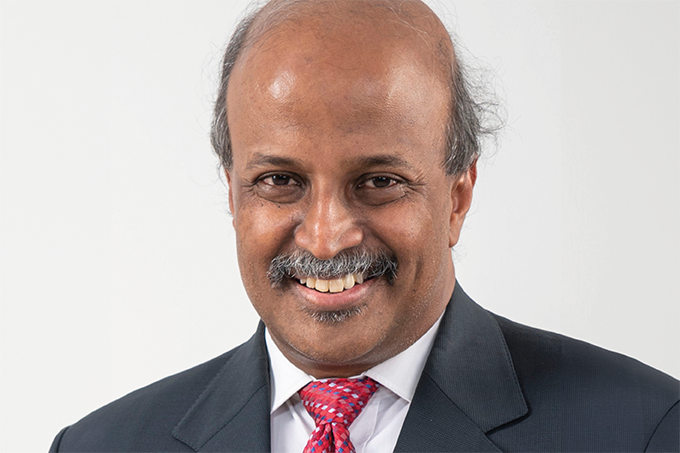Dimie Ogoina: The Mpox Detector
Sitting Down With… Dimie Ogoina, Infectious Disease Physician at the Niger Delta University Teaching Hospital, Okolobiri, Bayelsa State, Nigeria
In 2017, you diagnosed the first mpox case of Nigeria’s outbreak. Tell me more about that…
An 11-year-old boy was admitted to our pediatric unit as a case of difficult-to-treat chickenpox. As the only infectious disease physician in the hospital at that time, I was invited to review the patient when one of the resident pediatric doctors suspected mpox. When I saw the patient, he was febrile and had unusually large vesiculopustular skin lesions on his face, palms, soles, knees, and trunk. Although I had never seen a case of mpox during my career, the clinical picture resembled cases of mpox in medical textbooks and online.
I clinically diagnosed him with mpox and immediately notified colleagues at the Nigeria Centre for Disease Control who responded promptly and sent samples from his skin lesions for laboratory diagnosis. Unfortunately, because Nigeria didn’t have capacity for diagnosing mpox at the time, the samples were sent to another country and it took over a week before we were informed that the results were positive.
But the boy was not the only one who had developed pox-like lesions. Apparently, six other members of his family had had signs of mpox, but unlike the index case, their symptoms were milder and some had recovered at the time of presentation. This confirmation of human mpox in Nigeria – 38 years after the country’s last reported case – sparked panic across the country, including among government authorities, hospitals, and health workers. Suddenly, floods of cases were being detected in Nigerian hospitals; it seemed the announcement of mpox’s resurgence heightened public awareness and clinical suspicion that led to better case detection.
Most of the positive cases admitted to our hospital (aside from the first family) were young, sexually active men who presented with genital ulcers; a few had concomitant syphilis and HIV infections. This seemed very unusual; mpox was historically known to be more common in children and related to contact with animal reservoirs.
When I observed that many of the young adults admitted had features of genital ulcers and skin lesions localized around the groin area, I hypothesized the possibility that mpox had been transmitted via sexual contact. I shared this opinion in a review published in 2019 (1), but many did not believe or agree with my hypothesis because it was outside the established norm of how mpox is transmitted. Now, because of the 2022 global outbreak of mpox, which has been linked to sexual contact, my prior hypothesis has been confirmed. It was also during Nigeria’s 2017–2019 mpox outbreak that we first reported an association between advanced HIV and severe mpox (2).
What lessons did you take away from Nigeria’s 2017 mpox outbreak?
I learned several lessons. First, it is essential for hospital administrators and frontline health workers to learn public health communication during outbreaks. My hospital was overwhelmed by media attention during the outbreak, and it seemed we were not fully prepared to address concerns in a structured and professional manner.
Second, outbreak-related public and media attention plays a role in improving surveillance, case detection, and public health response to outbreaks. The media and public attention during the 2017 outbreak was a stimulus for public health authorities to invest in surveillance and diagnostics. The media attention also led to increased public awareness and index of suspicion among clinicians – I remember seeing all sorts of patients with different types of skin rash, including mosquito bites, who wanted to be sure they didn’t have mpox.
Third, there is a crucial need to improve public health laboratory capacity for infectious disease diagnostics in Africa. At the time, the delay in confirmatory diagnosis due to the absence of in-country capacity for mpox diagnosis was a significant challenge – creating many uncertainties and generating myths and misconceptions about the disease.
Fourth, we must improve healthcare workers’ knowledge and confidence in responding to outbreaks and increase the number of infectious diseases physicians in Nigeria. During the 2017 outbreak, several health workers did not have the required skills to manage cases or care for patients within isolation facilities; most were afraid of getting infected and were not willing to participate in case management. Suspected mpox cases faced stigma and discrimination and, during the outbreak, I was the only infectious disease physician caring for patients together with my junior doctors. Investing in training Nigeria’s infectious diseases physicians will improve case management during outbreaks and obviate some of the challenges faced by patients and clinicians.
Last, but not least, we need to continue to be vigilant to the potential of re-emerging infectious diseases and the evolution of microorganisms that cause them. The 2017 outbreak was the first time mpox transmission shifted from animal contact to sexual contact and shifted from infecting children to adults. The sudden appearance of cases across Nigeria following the detection of the first case also suggested that the mpox virus was circulating undetected in the country. Public health authorities and clinicians ought to remain vigilant by being proactive in surveillance efforts for both old and new infectious diseases and detecting any changes in the natural history of diseases of public health importance.
When mpox cases were detected in Europe in 2022, global health officials responded immediately. How does this compare with the response to the 2017 outbreak in Nigeria – and other countries in Africa since then?
Many so-called “Africa diseases” are always neglected until cases are reported in developed countries in the global north. Human mpox was first reported in 1970 in Africa, but nobody gave it much attention until the 2022 global outbreak.
Nigeria’s 2017 outbreak was unique in many ways – it was the first time in 38 years that a case had been reported in the country. Over 122 cases were reported, making it the largest outbreak of the clade II strain of the virus. Public attention, panic, and uncertainty forced public health authorities to invest in surveillance and case management, albeit delayed and sometimes uncoordinated. But people and institutions lost interest after the first three months, and surveillance activities declined. It took the detection of mpox in the northern hemisphere in May 2022 for awareness to rise again in Nigeria, leading to increased case detection in the country once more.
During the 2017–2019 mpox outbreak in Nigeria, there was little to no talk about mobilizing vaccines or therapeutics or investing in research and surveillance to better understand the disease. Fast forward to 2022, the world finally realized the urgent need to make medical countermeasures available – resources that had not been available in the 50 years since mpox first caused outbreaks in Africa.
Reference
D Ogoina et al., “The 2017 human monkeypox outbreak in Nigeria—Report of outbreak experience and response in the Niger Delta University Teaching Hospital, Bayelsa State, Nigeria,” PLoS One, 14, e0214229 (2019). PMID: 30995249.
D Ogoina et al., “Clinical course and outcome of human monkeypox in Nigeria,” Clin Infect Dis, 71, e210 (2020). PMID: 32052029.





